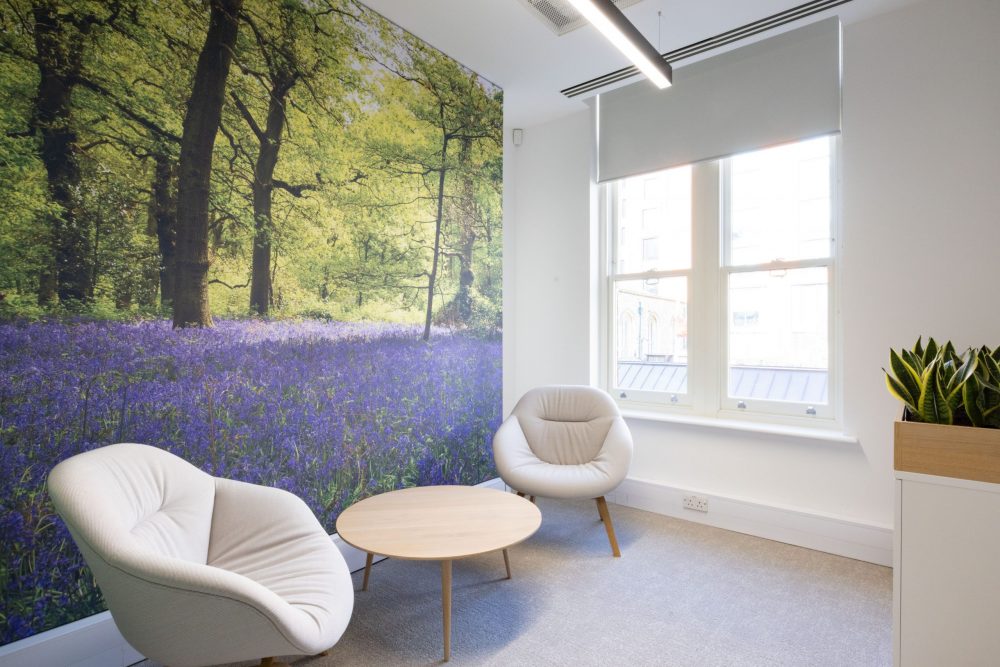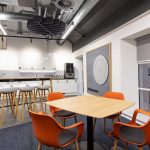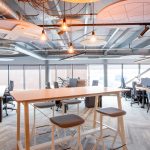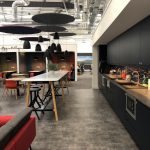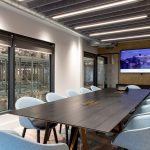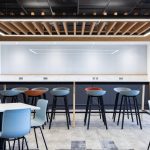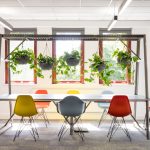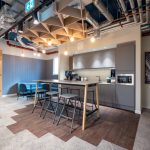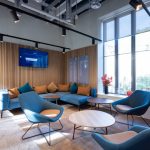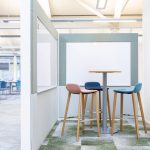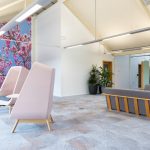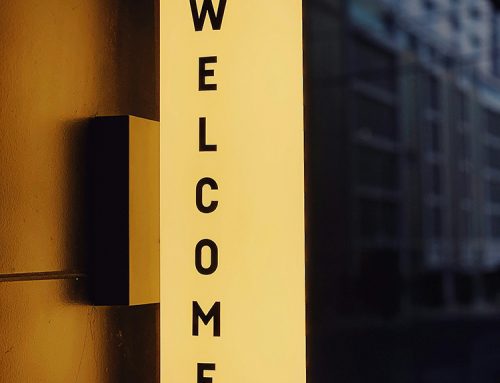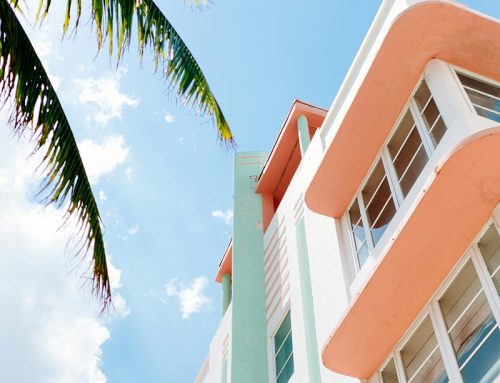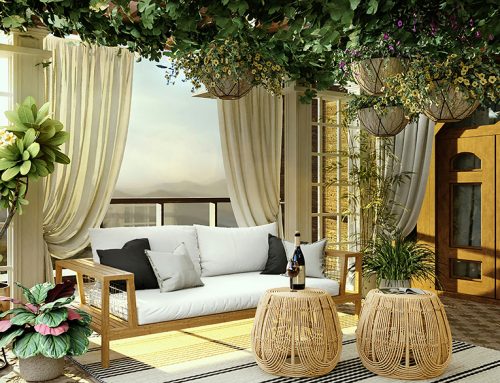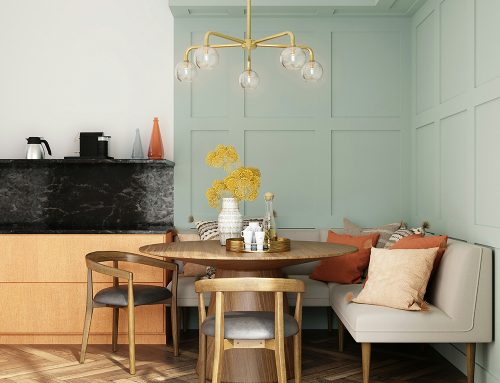As we step into February, the workplace continues to evolve, and with it, so does the furniture that defines these spaces. This year, we anticipate a shift towards designs that seamlessly balance aesthetics, functionality, and the growing demand for wellbeing in the office environment. The once rigid, corporate aesthetic is giving way to a softer, more residential feel, fostering a sense of comfort and connection in workspaces.
One of the defining trends we expect to see is an embrace of organic forms and natural materials. Curved edges, sculptural seating, and tactile fabrics are becoming staples in workplace design, bringing a sense of warmth and informality. Softer shapes and textured finishes create an inviting atmosphere, moving away from the stark, linear designs of the past. Furniture crafted from sustainable materials—think responsibly sourced timber, recycled plastics, and bio-based fabrics—is not just a nod to environmental responsibility but a reflection of companies’ commitment to longevity and ethical design choices.
Flexibility remains a key driver in office design, and furniture must adapt to the needs of a fluid workforce. Modular seating arrangements, mobile workstations, and adaptable partitions allow employees to configure spaces that suit their working styles, whether it be collaborative group settings or quiet areas for deep focus. Expect to see an increase in height-adjustable desks and multifunctional furniture that caters to a hybrid work culture. The integration of smart technology, such as desks that monitor occupancy levels or chairs that promote ergonomic posture, will become more prevalent as businesses strive to enhance workplace experience.
Colour is also making a statement this year. While neutral tones will always have their place, workplaces are beginning to experiment with bolder hues to inject energy and creativity into their spaces. Deep greens, burnt oranges, and dusky blues are appearing on upholstery, while accent pieces in vibrant colours are being used to define zones and enhance spatial awareness. The psychological impact of colour is being harnessed to promote focus, relaxation, or collaboration, depending on the function of the space.
Biophilic design remains at the forefront, with furniture reflecting our innate connection to nature. Expect to see planters integrated into desks, living walls becoming a feature in breakout areas, and natural stone or terrazzo surfaces being used to add depth and texture. Bringing nature into the workplace isn’t just an aesthetic choice—it has been proven to boost mood, productivity, and overall wellbeing, making it an essential element of modern office design.
The evolution of workplace furniture is not just about keeping up with trends; it’s about creating environments that support the people who use them. February marks a time of renewal, and as we look ahead, the focus is firmly on thoughtful, human-centric design that enriches the way we work.
- ADEY
- Wyke Wincanton
- ADEY Completed
- Wyke Farms
- BCC
- Wylde ia – Business Cyber Centre
- Wyke Farms
- 42BR
- Heelis
- Heelis

